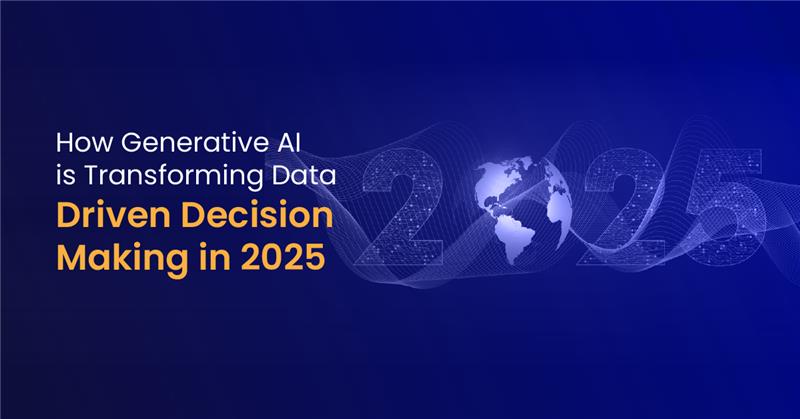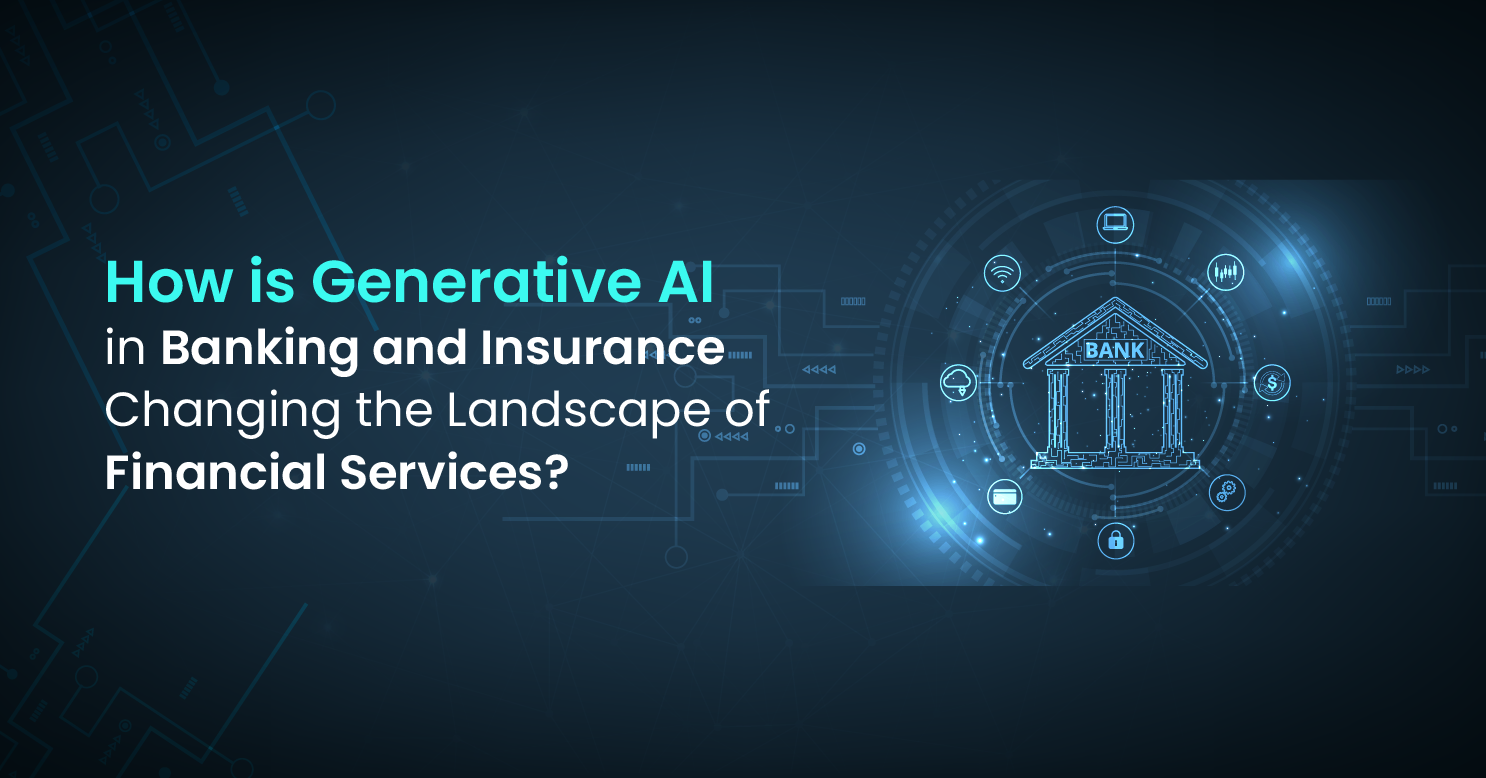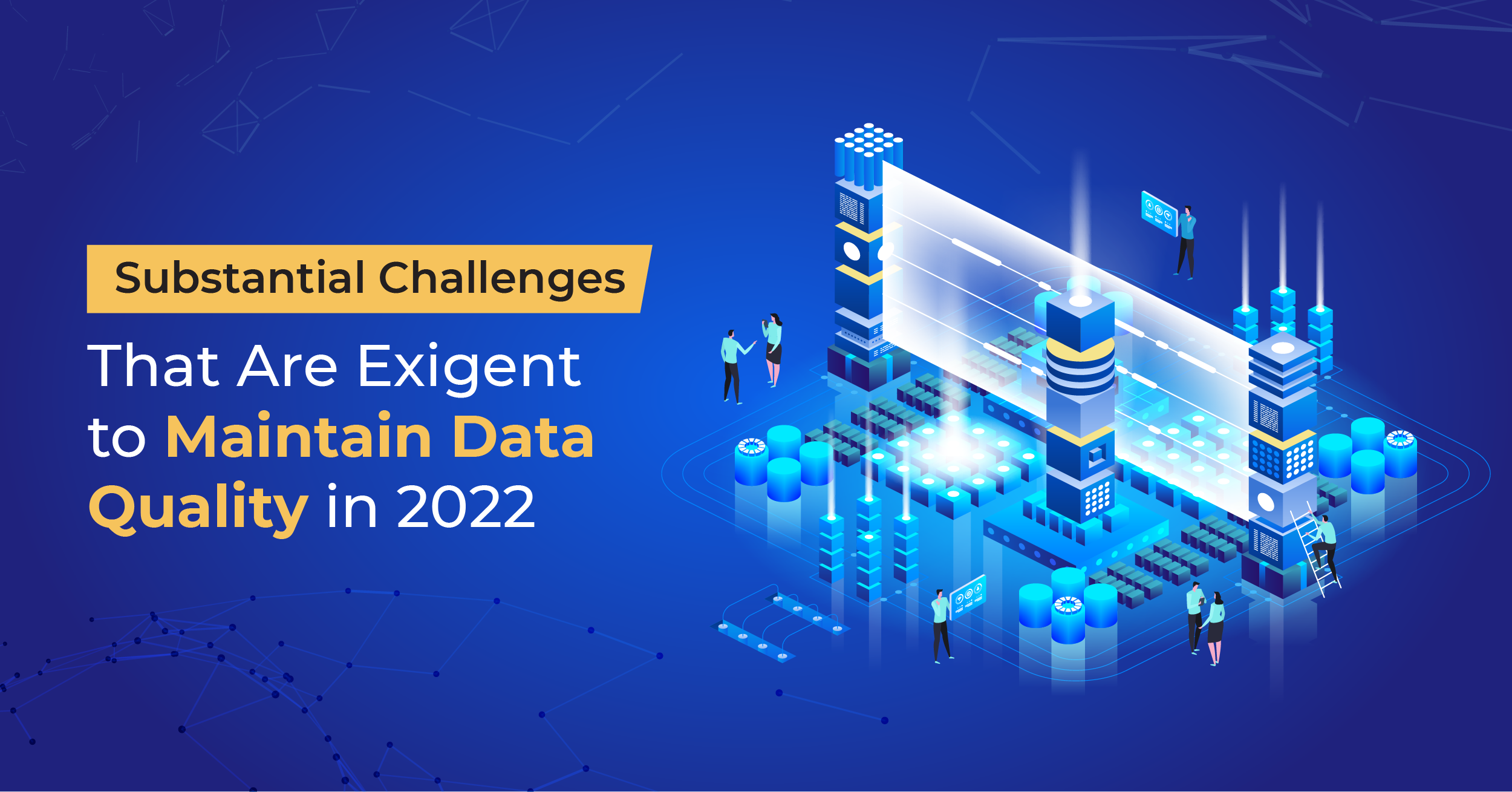The pace of technological evolution is accelerating, making it imperative for business leaders and entrepreneurs to not just adapt but proactively invest in emerging technologies to remain competitive. As the boundaries between physical and digital realities blur, the predictions as made in Gartner Tech Trends 2025 report is set to disrupt industries and redefine market leadership.
While the past few years have laid the foundation for digital transformation, 2025 marks an inflection point where cutting-edge advancements are not just enhancing capabilities but fundamentally reshaping business models. Global IT spending is projected to reach $5.1 trillion in 2025, reflecting an 8.4% year-over-year increase (Gartner). The generative AI market alone is forecasted to surpass $200 billion, growing at a CAGR of 42% (Bloomberg Intelligence). With AI-driven automation, cybersecurity innovations, quantum computing, and industry cloud platforms set to dominate, enterprises must strategically align with these developments to future-proof their operations.
This blog delves into the top Gartner Technology Trends shaping 2025, providing critical insights and data-backed predictions that will influence decision-making in the coming months.
Find below the key sections for your reading:
- Bridging the AI Agency Gap with Agentic AI
- AI governance for ethical and transparent AI adoption
- Securing the truth with Disinformation Security
- Tackle quantum-powered threats with PQC
- Revolutionize operations with ambient-invisible intelligence
- Driving sustainability through energy-efficient computing
- Harnessing hybrid computing for future-ready innovation
- Bridging the physical and digital worlds with spatial computing
- Redefine efficiency with Polyfunctional robots
- The future of cognitive evolution and workforce transformation
- Preparing for future tech trends
- Techment’s Strategy for 2025: Aligning with Key Top Tech Trends
1.Bridging the AI Agency Gap with Agentic AI
Agentic AI is set to transform enterprise decision-making, shifting from static automation to intelligent, adaptive systems. As Gartner highlights, the AI agency gap is a key challenge for CIOs aiming to enhance productivity with generative AI. By integrating memory, planning, and predictive intelligence, businesses can automate complex workflows, optimize customer interactions, and drive innovation. Gartner predicts that by 2028, 15% of daily work decisions will be made autonomously through agentic AI, up from 0% in 2024. The race isn’t about adopting Agentic AI—it’s about how fast enterprises can bridge the gap for a competitive edge.
- AI governance for ethical and transparent AI adoption
In 2025, AI governance platforms will become essential tools for ensuring that AI systems are managed responsibly and ethically. By ensuring AI systems are reliable, transparent, and aligned with ethical standards, these platforms not only mitigate risks like bias and privacy violations but also help organizations meet regulatory requirements. In fact, by 2028, enterprises leveraging AI governance platforms are projected to achieve 30% higher customer trust ratings and 25% better regulatory compliance scores compared to their competitors. This makes adopting robust AI governance strategies a strategic imperative for businesses aiming to lead in an AI-driven future while upholding societal expectations and fostering long-term success.
- Securing the truth with Disinformation Security
As misinformation becomes a major threat to organizations, disinformation security is gaining prominence as one of teh primary digital transformation trends in 2025. With these enterprises can verify information, prevent impersonation, and combat harmful content spread through phishing, fake news, and social engineering. As AI and machine learning advance rapidly, disinformation targeting enterprises is expected to escalate, posing significant risks. Gartner predicts that by 2028, 50% of enterprises will adopt disinformation security tools, up from less than 5% in 2024. These tools can detect synthetic media, monitor narratives targeting brands or leadership, and prevent impersonation, ensuring that companies protect their integrity and secure sensitive data from fraudulent threats.
- Tackle quantum-powered threats with PQC
As quantum computing advances, it threatens to break current encryption methods, prompting the rise of Post-Quantum Cryptography (PQC). Designed to protect against quantum-powered threats, PQC ensures that sensitive data, such as financial information and intellectual property, remains secure even in a quantum computing era. Criminals are already adopting “harvest now, decrypt later” tactics, making it essential for businesses to adopt PQC to future-proof their security. By encrypting communications with PQC, organizations can safeguard their data from quantum decryption, ensuring long-term protection in an evolving digital landscape.

- Revolutionize operations with ambient-invisible intelligence
Low-cost sensors and tags will provide real-time visibility, driving efficiency and reducing costs. Advances in wireless standards and emerging technologies like backscatter and printed electronics are enabling smarter use cases across retail, manufacturing, and healthcare. From adjusting store environments based on customer behavior to optimizing supply chains and monitoring patients without wearables, ambient invisible intelligence is set to power AI-driven insights and automation. By 2028, these innovations will solve immediate challenges, enhancing productivity and creating data-driven solutions.
- Driving sustainability through energy-efficient computing
As sustainability becomes a top boardroom priority, IT must lead the charge in reducing its environmental impact. With technologies like AI increasing energy demands, traditional solutions are no longer enough. Emerging innovations, such as GPUs, neuromorphic computing, and quantum computing, hold the key to achieving the energy efficiency needed in the next decade. IT organizations must act swiftly cutting data center power consumption, developing energy-efficient products, and leveraging smart power management systems. The future will favor those who integrate these technologies to reduce carbon footprints while driving operational efficiency.
- Harnessing hybrid computing for future-ready innovation
Hybrid computing is paving the way for solving complex problems by integrating technologies like CPUs, GPUs, and advanced systems such as quantum and photonic computing. This approach enables businesses to scale efficiently, secure sensitive data, and drive innovation. By balancing on-premises security with the flexibility of the cloud, hybrid computing empowers organizations to tackle emerging challenges—like the demands of Gen AI—while ensuring compliance and accelerating growth in an increasingly tech-driven world.
- Bridging the physical and digital worlds with spatial computing
Spatial computing is revolutionizing how we interact with the physical world by seamlessly integrating digital content into our environment. This immersive technology, driven by advancements in augmented reality (AR), mixed reality (MR), and AI, is enhancing user experiences across industries such as gaming, healthcare, and e-commerce. With industry giants like Nvidia and Qualcomm shaping the ecosystem, and the rise of devices like Apple Vision Pro and Meta Quest 3, spatial computing is poised for explosive growth. The market is projected to soar from $110 billion in 2023 to $1.7 trillion by 2033, opening new business opportunities and reshaping the digital landscape.
- Redefine efficiency with Polyfunctional robots
Industries like warehousing and manufacturing, driven by rising labor costs and the demand for better ROI are making use of these versatile robots. With competitive pricing and growing accessibility, early adopters are already reaping the benefits. From warehouses where robots pick, pack, and transport goods, to healthcare, where they deliver supplies and assist in patient mobility, polyfunctional robots are transforming operations. By 2030, Gartner predicts 80% of humans will interact with smart robots daily, showcasing the profound impact of these advancements on our daily lives and work environments.
- The future of cognitive evolution and workforce transformation
Neurological enhancement, driven by AI and brain-machine interfaces, is reshaping both healthcare and business. As AI advances, these technologies are empowering workers to upskill faster and stay competitive, while also enabling personalized consumer experiences. By the end of 2025, bidirectional brain-machine interfaces (BBMIs) will be integral to IT professionals, enhancing productivity and collaboration. The impact spans from faster medical training to improved workplace safety and recruitment strategies. Gartner predicts that by 2030, 60% of IT workers will rely on these technologies, making them central to the future of workforce development and operational efficiency.
Preparing for Future Tech Trends
To effectively navigate these emerging trends, businesses should:
- Integrate Emerging Tech Trends into Strategic Planning: Align technological innovations with long-term business objectives to ensure cohesive growth.
- Identify Relevant Innovations: Focus on technologies that directly impact your industry and organizational goals.
- Develop a Digital Transformation Roadmap: Create a clear plan to adopt and implement technology insights 2025 for ensuring a smooth transition and maximizing benefits.
Techment’s Strategy for 2025: Aligning with Key Top Tech Trends
As we look toward 2025, Techment is committed to helping enterprises stay ahead in an ever-evolving technology landscape. From AI and automation that streamline operations to cloud computing trends that enhance scalability, we enable businesses to harness the future of data analytics for deeper insights and smarter decision-making. By integrating enterprise technology with responsible AI adoption and workforce transformation, we empower organizations to stay competitive and adaptable in a rapidly changing digital world.
Our strategy focuses on equipping organizations with the tools to leverage next-gen innovations that drive efficiency, security, and sustainability. By enabling responsible and transparent AI adoption, enhancing operational productivity, and fostering data-driven insights, we empower businesses to stay competitive and adaptable in a rapidly changing digital world. Our approach integrates forward-thinking technologies that not only address today’s challenges but also future-proof operations for tomorrow’s demands. With a focus on sustainability, scalability, and workforce transformation, Techment is helping enterprises thrive in the face of transformation.
Ready to Future-Proof Your Enterprise?
Partner with Techment to embrace innovation with confidence. Let’s explore how our 2025 strategy can help your organization lead with data, scale with cloud, and evolve with AI.
Connect with us today to start your transformation journey.
 All Posts
All Posts


